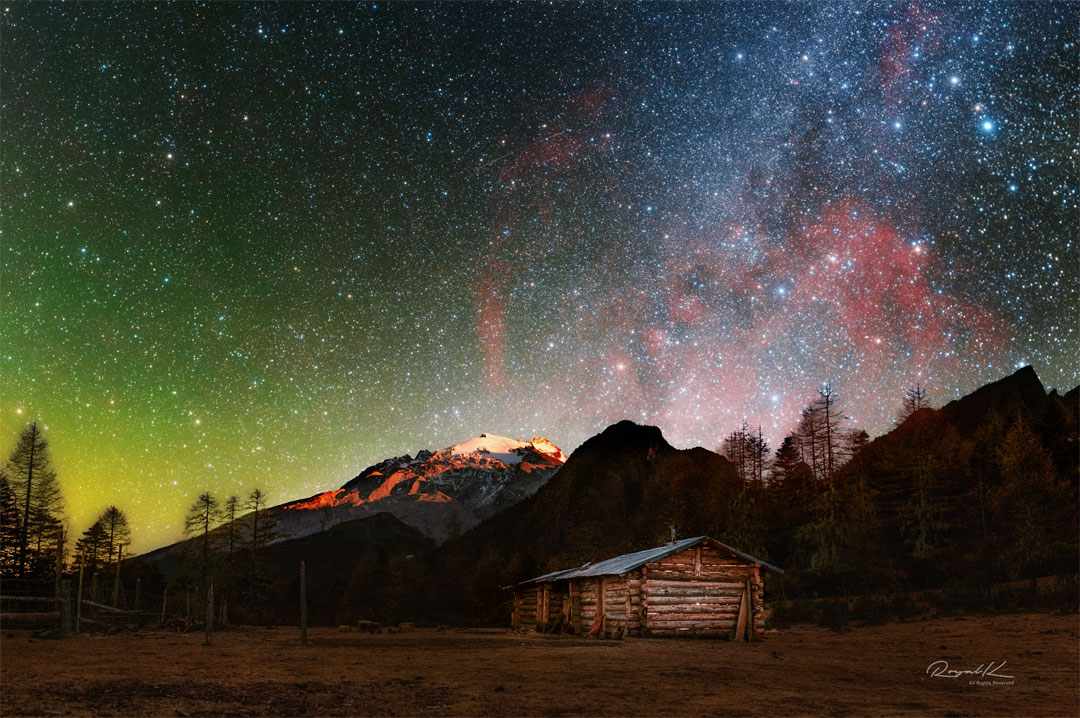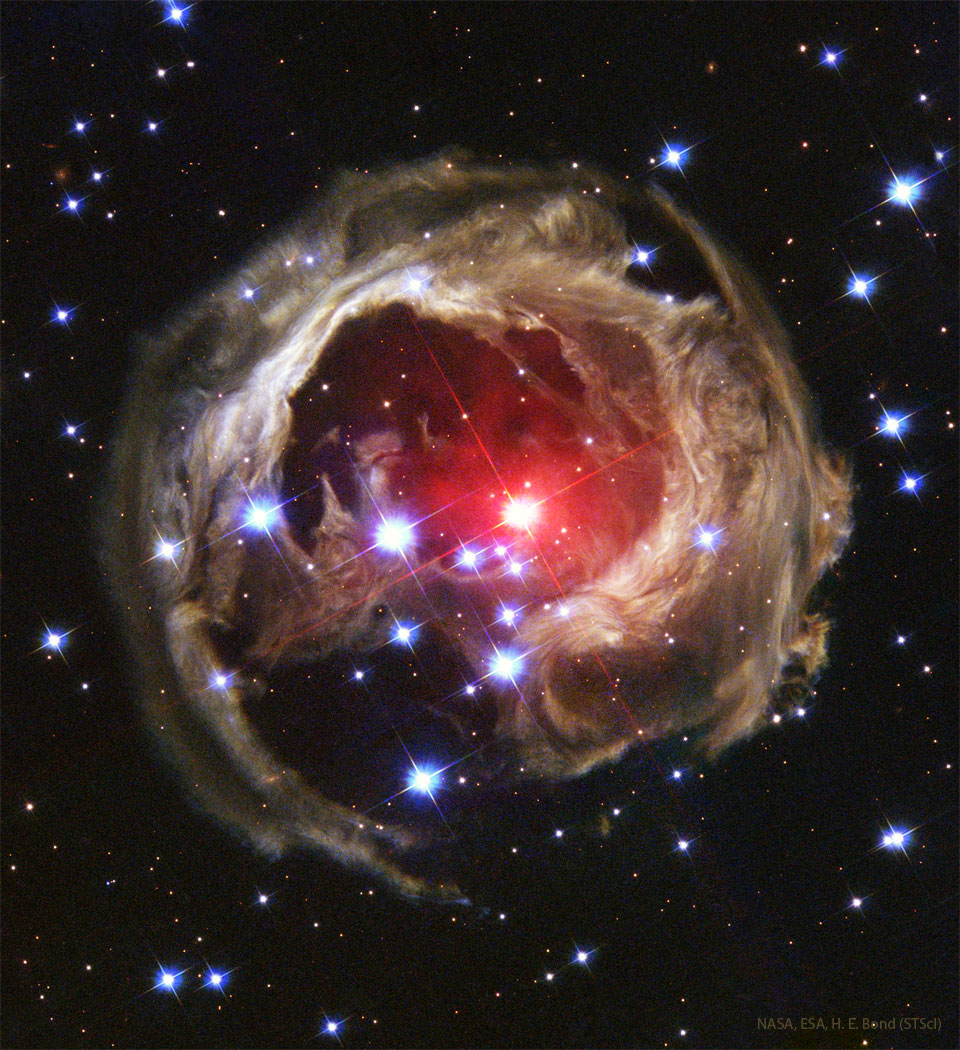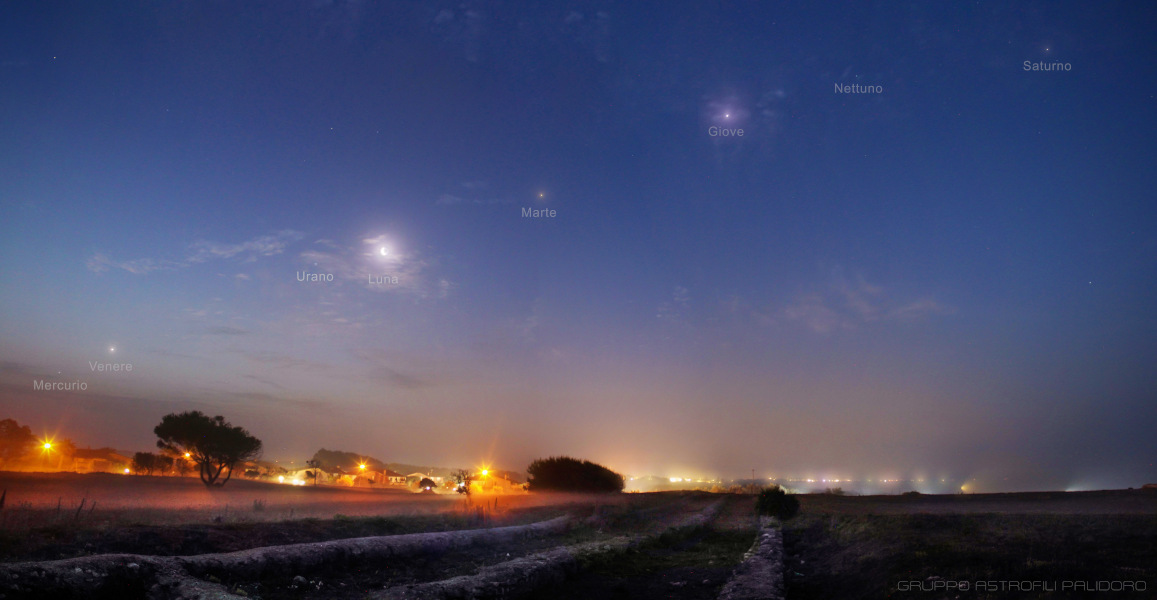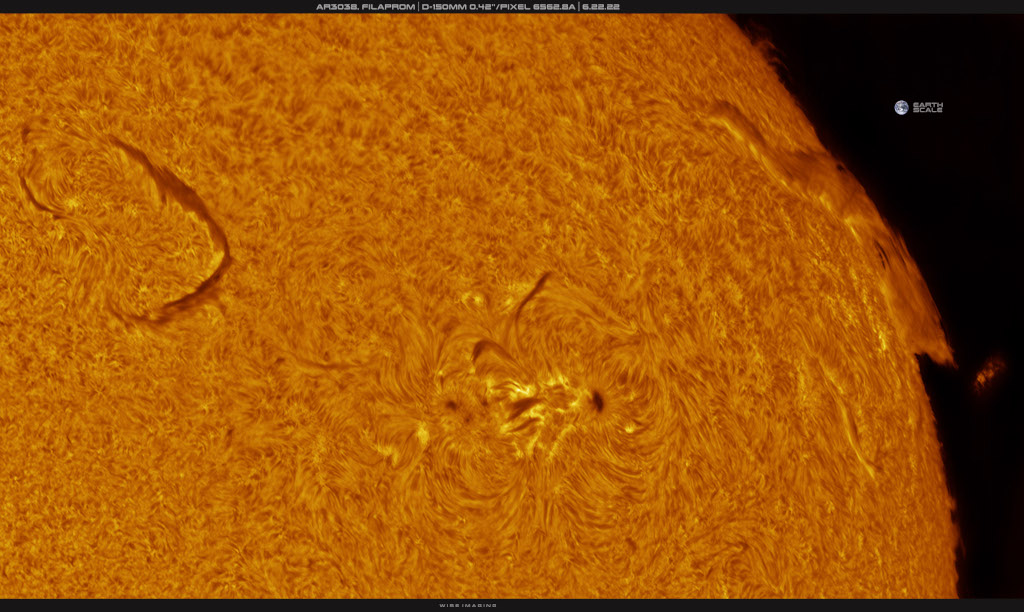Northrop Grumman’s uncrewed Cygnus spacecraft is scheduled to depart the International Space Station on Tuesday, June 28, more than four months after delivering 8,300 pounds of supplies, scientific investigations, commercial products, hardware, and other cargo to the orbiting laboratory for NASA.
from NASA https://ift.tt/DGdZiwu
via IFTTT







